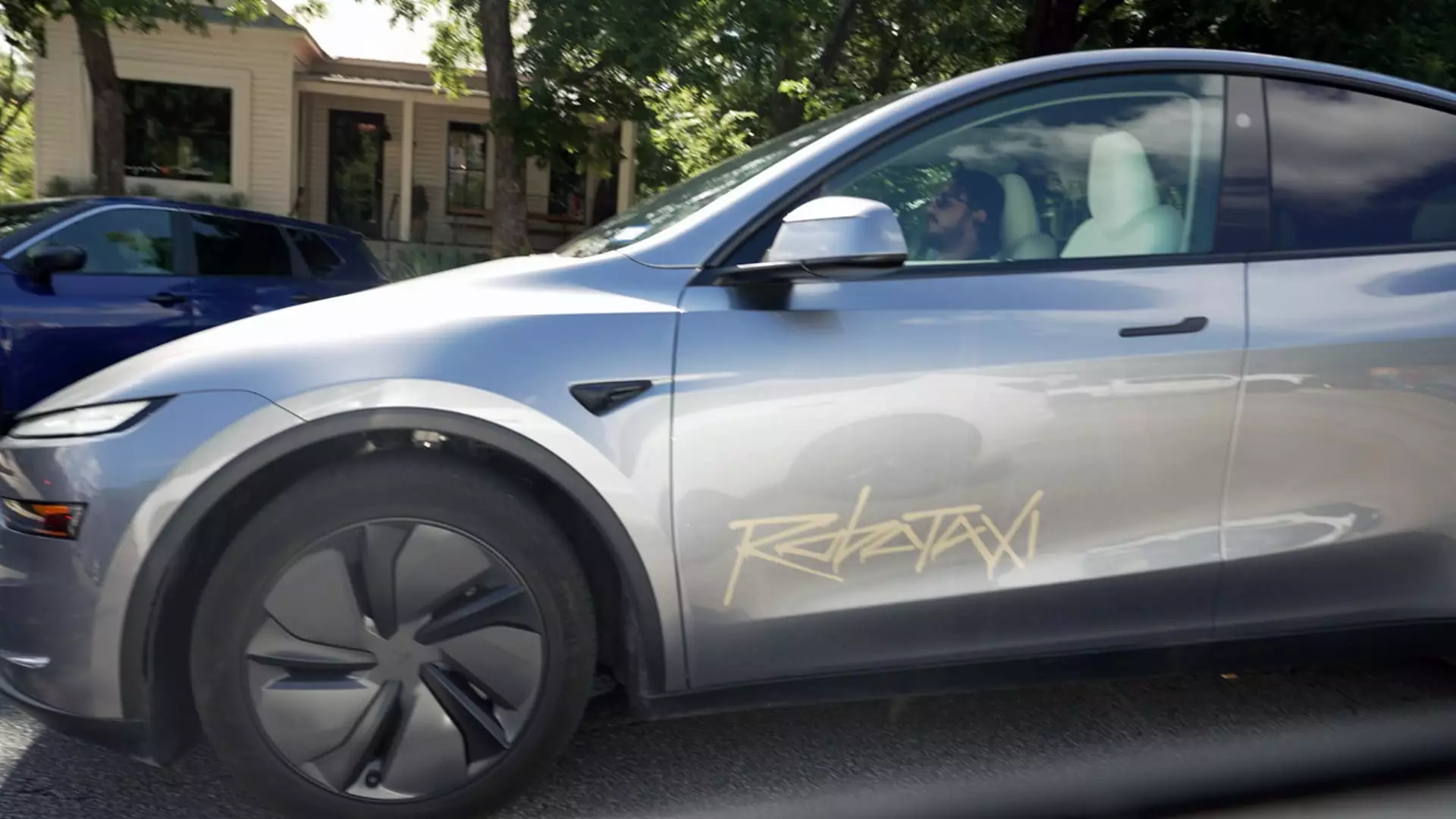Tesla’s recent application to test and operate its Robotaxi fleet in Phoenix, Arizona, signifies a pivotal step in its relentless pursuit to redefine urban transportation. While Waymo has long set the pace by deploying fully autonomous taxis in the Phoenix metro area since 2020, Tesla’s move indicates a strategic decision to accelerate its technological development and market presence. Tesla claims that its approach, emphasizing cameras over LIDAR and other costly sensors, aims to create more affordable and scalable autonomous vehicles, positioning itself as a disruptive force capable of challenging established players like Waymo.
However, Tesla’s ambitions are not without controversy. The company’s ambitious claims about fully autonomous capabilities have periodically clashed with regulatory bodies and public skepticism. Incidents such as the minor collisions in Austin—captured by enthusiastic YouTubers—highlight the ongoing challenges of perfecting safety and reliability in real-world conditions. Tesla’s decision to test with and without human safety drivers further complicates the narrative. While critics argue that Tesla’s approach may be premature or overly optimistic, supporters believe that the company’s aggressive testing reflects its confidence and innovative spirit.
The Phoenix application, expected to be decided by the end of July, has the potential to signal a broader trend: the acceleration of autonomous vehicle testing and deployment across diverse markets. Tesla’s assessment of regulatory readiness, coupled with its technological progress, will influence not just its own trajectory but the entire industry’s shift toward automated mobility solutions.
Technology and Strategy: The Battle of Autonomy Approaches
Tesla’s approach to autonomous driving hinges on a philosophy that favors visual recognition through cameras, minimal reliance on expensive sensors like LIDAR. Musk’s firm belief is that this method will yield vehicles that are both more affordable and easier to scale. Nonetheless, relying solely on visual data presents inherent risks, especially under complex, unpredictable urban conditions. Critics contend that this approach may not yet match the robustness offered by LIDAR-equipped competitors, which can perceive the environment with greater accuracy regardless of weather or lighting conditions.
Meanwhile, Waymo’s strategy has been to invest heavily in LIDAR and radar sensors, creating a highly detailed perception system that has allowed its fleet to operate confidently in challenging environments. The contrast between these two philosophies exemplifies a fundamental debate within the autonomous vehicle industry: simplicity and cost-efficiency versus sensor fidelity and safety margins. Tesla’s willingness to push forward with its camera-first system demonstrates a belief in technological innovation but also invites scrutiny over whether its systems are sufficiently mature for widespread deployment.
Tesla’s initial foray in Austin, with Model Y SUVs functioning as pilot Robotaxis, illustrates the company’s commitment to rapid development. Yet, incidents like minor collisions and regulatory reviews highlight the potential pitfalls of deploying technology that is still in its maturation phase. Tesla’s habit of making bold claims about full autonomy, occasionally ahead of the technology’s proven capabilities, remains a point of contention among industry experts and regulators alike.
The Future of Autonomous Mobility: Confidence Amid Uncertainty
Tesla’s anticipated expansion into the San Francisco Bay Area signals that the company remains committed to accelerating its autonomous ambitions. Musk’s recent proclamation that Robotaxi services could be available there within a few months underscores the company’s aggressive timeline. Still, the absence of official approval from California regulatory bodies raises questions about the company’s readiness and transparency.
This rapid push raises a critical issue: Can Tesla sufficiently demonstrate safety and reliability to satisfy regulatory agencies? The legal challenges faced by Tesla in California, including lawsuits accusing it of deceptive marketing, underscore the ongoing tension between technological optimism and regulatory oversight. Many industry analysts argue that without rigorous safety validation and clear transparency, Tesla’s Robotaxi service risks reputational damage and potential safety incidents that could halt or delay its progress.
On the other side, Musk’s relentless confidence and vision for fully autonomous vehicles as the future of urban mobility serve as a powerful motivator for the entire industry. Tesla’s willingness to accept and address regulatory hurdles head-on may define its role as a pioneer capable of overcoming challenges others shy away from. However, this aggressive approach must be balanced with a pragmatic commitment to safety and public trust—both of which are paramount for long-term success in deploying autonomous vehicles at scale.
As Tesla continues its evolution, its challenge will be to transform its ambitious promises into tangible, safe, and reliable services. The industry’s future may hinge on whether the company’s daring innovations can bridge the gap between vision and reality—an endeavor that will ultimately determine if Tesla can lead the autonomous revolution or become a cautionary tale of overreach.

